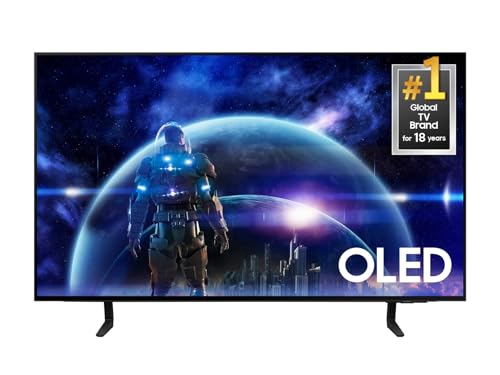The Future of Entertainment Exploring the Benefits of Energy Efficient TV

The Future of Entertainment: Exploring the Benefits of Energy Efficient TV
In today’s world, where environmental concerns are on the rise, the demand for energy efficient appliances, including televisions, is increasing. Families and individuals alike seek ways to minimize their energy consumption while still enjoying high-quality entertainment. An energy efficent tv https://top10energyefficiency.org.uk/top-5-energy-efficient-tvs/ does not only contribute to a greener planet but also helps reduce electricity bills. In this article, we will delve into the features and advantages of energy efficient TVs, how they work, and tips for choosing the right model for your home.
Understanding Energy Efficient TVs
Energy efficient TVs are designed to consume less power compared to traditional televisions without compromising quality and performance. The majority of energy efficient models use LED (Light Emitting Diode) technology instead of older LCD (Liquid Crystal Display) or plasma screens. LED TVs are not only brighter and thinner but also provide better picture quality while consuming significantly less energy.
The Benefits of Energy Efficient TVs
There are numerous benefits associated with using energy efficient televisions:
- Reduced Energy Consumption: Energy efficient TVs are designed to consume less electricity. This means lower energy bills and a smaller carbon footprint.
- Cost Savings: The energy savings translate to financial savings in the long run, making energy efficient TVs a smart investment.
- Enhanced Picture Quality: Many energy efficient TVs, especially those equipped with OLED (Organic Light Emitting Diode) technology, offer superior color accuracy, contrast, and overall picture quality.
- Longer Lifespan: Energy efficient TVs tend to have longer lifespans compared to traditional TVs, which can save you money on replacements.
- Environmental Benefits: By using less energy, you can help reduce the demand on power plants and decrease the environmental impact associated with energy production.
How Energy Efficient TVs Work
Energy efficient TVs utilize various technologies to achieve lower energy consumption. Here are some key features found in modern energy-efficient models:

- Backlight Control: Many energy-efficient LED TVs have backlight controls that allow users to adjust the brightness based on the surrounding light conditions, leading to energy savings.
- Dynamic Contrast Ratio: This technology automatically adjusts the contrast ratio based on the content displayed, optimizing performance and reducing power usage.
- Sleep and Power-Saving Modes: Most energy efficient TVs come equipped with features that help conserve energy when the TV is not in use, such as sleep timers and automatic shutdown options.
Choosing the Right Energy Efficient TV
When selecting an energy efficient TV, there are a few key factors to consider:
- Size: Determine how much space you have and select a size that fits comfortably in your viewing area. Larger TVs may consume more energy but can provide a more immersive experience.
- Type of Display: Decide between LED, OLED, or QLED (Quantum Dot LED) technology based on your budget and preference for picture quality.
- Energy Star Ratings: Look for TVs with high Energy Star ratings to ensure energy efficiency. These ratings indicate that the product meets strict energy efficiency guidelines.
- Smart Features: Consider a smart TV that allows you to access streaming services and applications, which can enhance your viewing experience while providing additional energy-saving functionalities.
Top Energy Efficient TV Brands
Several brands are known for producing energy efficient TVs that deliver excellent performance and quality. Some of the top brands worth considering include:
- Samsung: Known for its QLED technology, Samsung TVs are energy efficient and offer stunning picture quality.
- L.G: With their OLED TVs, LG provides some of the best picture quality on the market while maintaining energy efficiency.
- Sony: Sony’s Bravia series features LED technology that ensures both energy efficiency and vibrant picture quality.
- TCL: A budget-friendly option that doesn’t compromise on performance or energy efficiency.
Conclusion
In conclusion, investing in an energy efficient TV is not just a smart financial choice; it’s also a step towards a more sustainable future. By understanding how these televisions work and the benefits they offer, consumers can make informed decisions that contribute to both their entertainment needs and environmental conservation. As technology continues to advance, we can expect to see more innovations in energy efficiency, making our viewing experiences better while minimizing our impact on the planet.




















No hay Comentarios